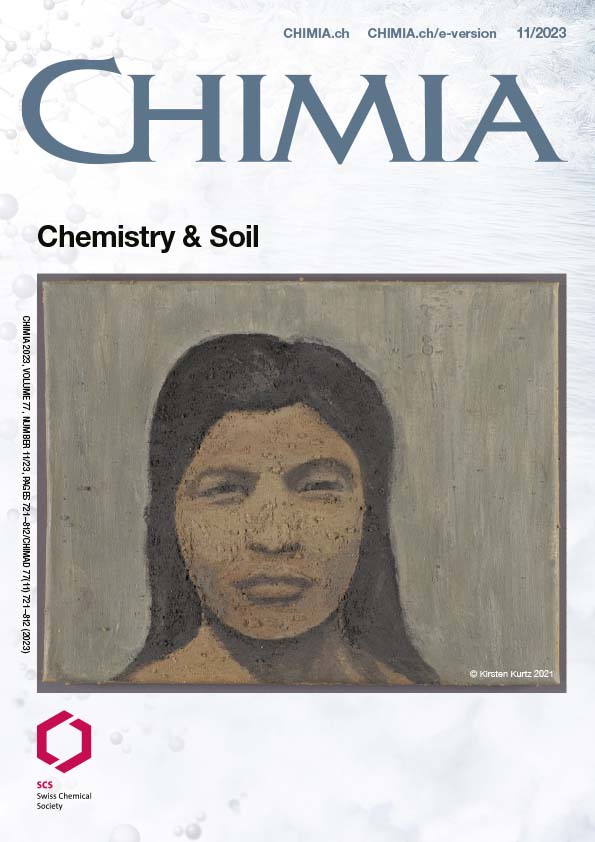Pesticides in Agricultural Soils: Major Findings from Various Monitoring Campaigns in Switzerland
DOI:
https://doi.org/10.2533/chimia.2023.750PMID:
38047842Keywords:
Micropollutants, Plant Protection Products, Swiss National Soil Monitoring ProgramAbstract
Synthetic pesticides are widely applied in modern agriculture, where they are used against diseases, pests, and weeds to secure crop yield and quality. However, their intensive application has led to widespread contamination of the environment, including soils. Due to their inherent toxicity, they might pose a risk to soil health by causing harm to non-target organisms and disrupting ecosystem services in both agricultural and other exposed soils. Following the Swiss National Action Plan on the reduction of pesticide risks, Agroscope has conducted several soil monitoring studies that are briefly presented here. All of them resort to different multi-residue trace analytical approaches to simultaneously quantify up to about 150 modern pesticides by either accelerated solvent, or Quick, Easy, Cheap, Efficient, Rugged, Safe (QuEChERS) extraction, followed by separation and detection with liquid chromatography-triple quadrupole mass spectrometry. While partly still in progress, our investigations led to the following major findings this far: Multiple pesticides are commonly present in soils, with individual concentrations in agricultural soils often reaching up to a few tens of µg/kg. Pesticide occurrence and concentrations in agricultural soils primarily depend on land use, land use history and cultivated crops. Pesticides can prevail much longer than predicted by their half-lives, and were found in soils even decades after conversion from conventional to organic farming. Corresponding residual fractions can be in the order of a few percent of the originally applied amounts. We further found negative associations of pesticide residues with the abundance of beneficial soil life, underpinning their potential risk to the fertility of agricultural soils. Traces of pesticides are also detected in soils to which they were never applied, indicating contamination, e.g., via spray drift or atmospheric deposition. These results confirm the general notion of both scientists and legislators that prospective risk assessments (RA; as executed during registration and use authorization) should be confirmed and adjusted by retrospective RA (e.g., by environmental monitoring studies of currently used compounds) to jointly lead to an overall reduced environmental risk of pesticides.
Funding data
Downloads
Published
Issue
Section
License
Copyright (c) 2023 Thomas Bucheli, Elias Barmettler, Nora Bartolomé, Isabel Hilber, Karel Hornak, Reto Meuli, Vanessa Reininger, Judith Riedo, Andrea Rösch, Philipp Sutter, Daniel Wächter, Marcel van der Heijden, Florian Walder

This work is licensed under a Creative Commons Attribution 4.0 International License.







